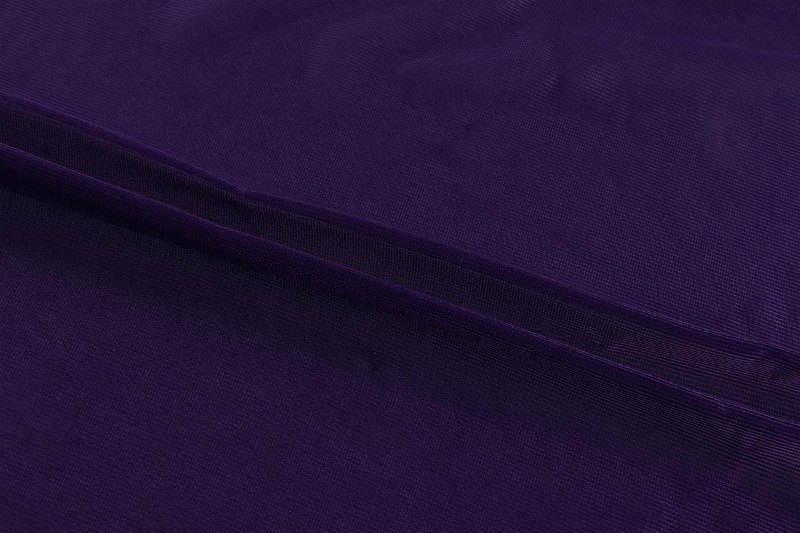Warp knit fabric have carved out a significant niche in the textile industry, known for their unique structures and versatile applications. At the heart of their functionality are the open and closed loop structures, which play a critical role in determining how these fabrics behave in various environments, particularly regarding moisture absorption and heat retention.
The Basics of Warp Knitting: Open vs. Closed Loop Structures
Warp knitting involves creating fabrics by interlacing yarns in a specific manner, resulting in either open or closed loops. Open loop structures, characterized by their larger holes, allow for greater airflow and flexibility. This feature is particularly beneficial for activewear, where breathability is paramount. Conversely, closed loop structures are tighter and denser, providing a more substantial barrier against external elements. This design is often preferred in thermal garments where heat retention is essential.
The choice between open and closed loops can significantly influence the fabric's performance in different environments. For instance, in humid conditions, an open loop fabric may allow moisture to evaporate quickly, keeping the wearer cool and dry. In contrast, closed loop fabrics might trap heat, making them ideal for colder climates where insulation is crucial.
Moisture Absorption: The Role of Fabric Structure
When it comes to moisture absorption, the structure of warp knit fabrics plays a pivotal role. The open loop design, with its spacious arrangement, facilitates better moisture wicking. This means that sweat is pulled away from the skin and evaporated into the environment, which is why many sports jerseys feature this type of knitting. According to a study by the Textile Research Journal, fabrics with an open structure can reduce moisture retention by up to 30%, enhancing comfort during physical activities.
On the other hand, closed loop fabrics, while less effective at wicking moisture, can absorb it to some extent. This characteristic can be beneficial in certain applications, such as thermal underwear, where slight moisture retention can help maintain body temperature. However, excessive moisture buildup can lead to discomfort, highlighting the importance of selecting the right fabric for the intended use.

Heat Retention: How Loop Structures Influence Insulation
Heat retention is another critical factor where the open and closed loop structures of warp knit fabrics come into play. Closed loop fabrics, with their dense construction, create a barrier that traps body heat. This feature is particularly advantageous in cold weather, providing insulation and keeping the wearer warm. A study from the International Journal of Clothing Science and Technology found that closed loop fabrics can improve thermal insulation by over 40% compared to their open loop counterparts.
Conversely, open loop fabrics, while breathable, tend to allow heat to escape more readily. This property makes them unsuitable for extreme cold but perfect for transitional seasons or high-intensity activities. For instance, a lightweight open loop knit might be ideal for a spring hike, where the temperature fluctuates and breathability is essential to avoid overheating.
The open and closed loop structures in warp knit fabrics play a crucial role in determining their behavior in various environments, particularly concerning moisture absorption and heat retention. Understanding these properties allows consumers and manufacturers to make informed choices about fabric selection based on specific needs—be it for athletic performance, everyday comfort, or thermal insulation. As the textile industry continues to innovate and evolve, the versatility of warp knit fabrics will undoubtedly remain a focal point, offering endless possibilities for enhancing our daily lives.




 简体中文
简体中文
